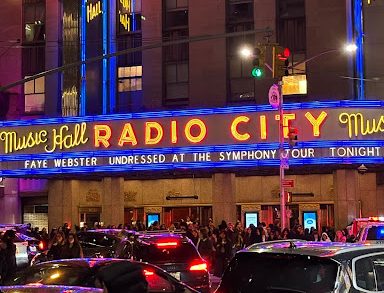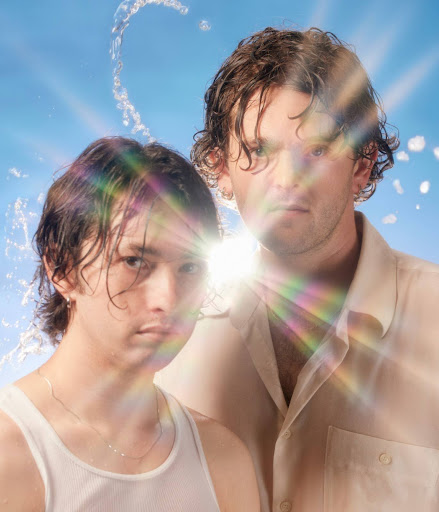“See You Up There” is sure to take its viewers into the gritty battlefields of No Man’s Land circa World War I and into the world-wind that was Jazz Age Paris, in a magical tale that reflects the aftereffects of war on those who fought within it. Director/writer/actor Albert Dupontel’s new film follows three soldiers post-World War I and their plans to make do in the new world they inhabit, one where previous jobs and opportunities may no longer exist.
Nahuel Perez Biscayart is Edouard Pericourt, an artist who is disfigured from the moustache down on the battlefield minutes before the war ends. Albert Dupontel is Albert Maillard, a middle-aged soldier who is rescued by Pericourt on the battlefield and stays by his side throughout the film. The third soldier is Captain Pradelle, played by Laurent Lafitte, the bloodthirsty captain that despite receiving orders to not engage on the battlefront, decides to send the men out instead.
The film functions in a flashback narrative with an alone Maillard explaining the events leading from the dark trenches to a trio of soldiers guarding the Moroccan border. A thrilling, anxiety-inducing opening sequence in no man’s land on the eve of the war’s end sets the film’s dynamics up from the start. Pericourt and Maillard become friends that do not leave each other’s side after they save each other’s lives on the battlefield; however, Pradelle becomes their adversary on and off the battlefield.
The fantastical element is one of the reasons this film is so interesting to watch. Once the artist loses his jaw in the explosion, he turns to creating large ornate masks to describe different moods. A white face with a smile that turns into a frown, a lion’s head made of French bills, an old man professor, and even a urinal are all masks that grace Pericourt’s face. Through the use of Pericourt’s masks, a world of bright colors and magical realism is created. Perez Biscayart’s acting is wonderful, being mostly conveyed through his body language and when his piercing blue eyes can be seen through the masks he spends so much time creating.
Despite the magical elements of the masks and the bright colors of Jazz Age Paris, the film is grounded by the subject matter. Audiences watch as soldiers, especially those with physical injuries, deal with the repercussions of the war. Pericourt, in particular, turns to morphine and hazy filled mornings and nights. Audiences also watch as veterans return home to find their jobs gone. Maillard is such an example. The war did not end when they left the battlefield.
Which leads to the most compelling part of this film: the friendship at its core. After Pericourt’s grave injury, Maillard goes to lengths to fulfill the request to “kill” him; he switches his identity with that of a corpse and they move away together. In their shabby home, Maillard supports Pericourt by stealing morphine for him and working at odd jobs here and there. Even though they have their arguments, when Pericourt and the street orphan Louise (Héloïse Balster), who adorably is the only one that understands Pericourt after his facial disfigurement, hatch a plan to sell phony World War I monuments, he decides to go along. They hold the film’s core together despite the addition of numerous side characters and storylines.
However, the pacing of the film does leave some to be desired. At times the character development and moments of realization felt rushed and brushed over with little thought. In particular, a confrontation between Pradelle and his wife Madeline was brilliant but subsequently brushed over. Also, the ending flew by with no explanation on some characters’ (mainly a maid that Maillard falls in love with, Pauline) change of heart. It is perhaps understandable in a film that tries to involve so many interconnected storylines that some may feel rushed.
While being the most commercial of all the three films I viewed at the “Rendezvous with French Cinema Festival,” it was also the most enjoyable. There is a sense of family that is formed by Louise, Pericourt, and Maillard that you would be hard-pressed not to smile at. The production design, setting of 1920s Paris before and after their wealth, costumes, and cinematography are beautiful to watch and a one that you will not easily forget.









